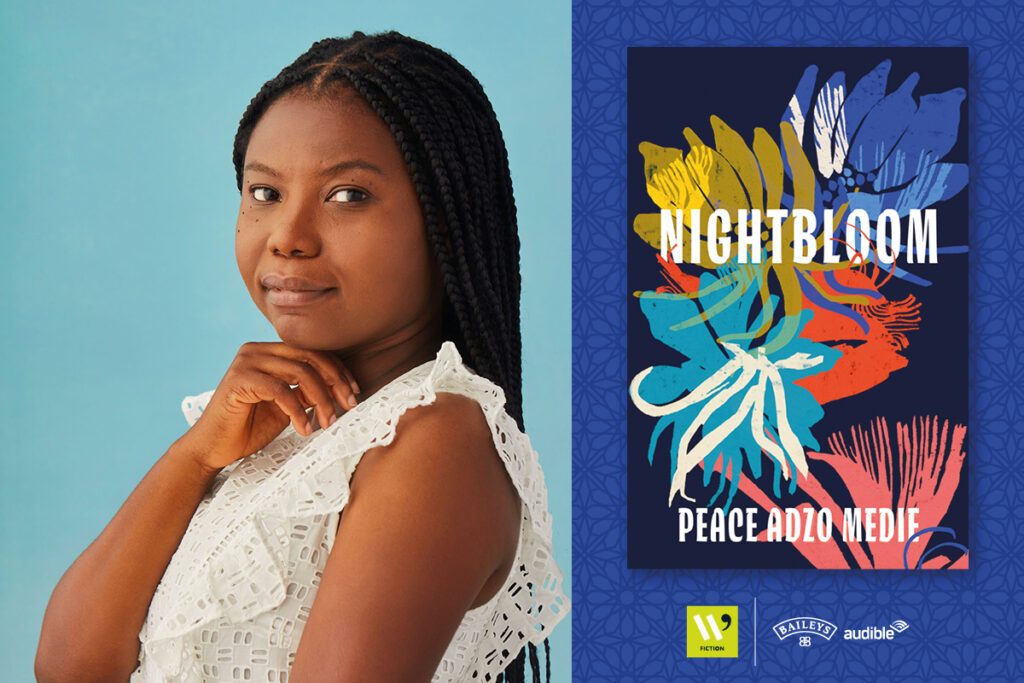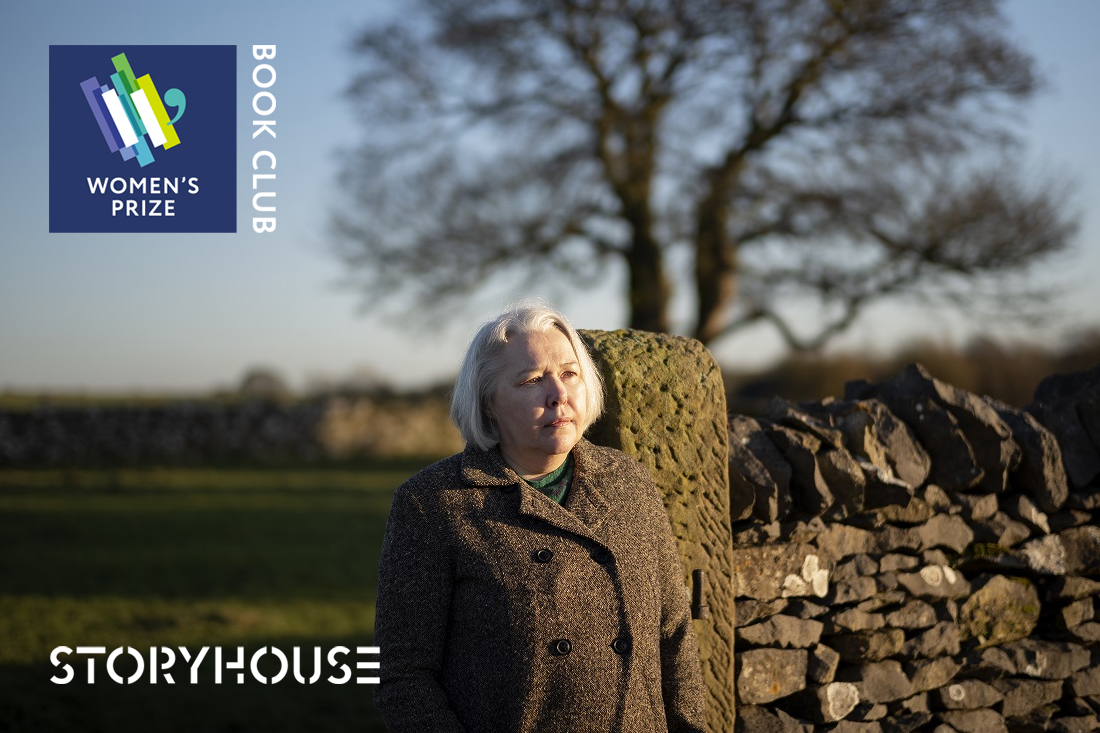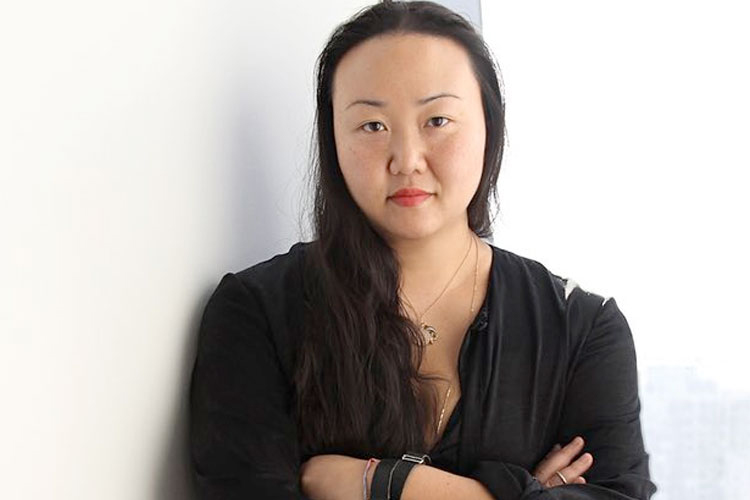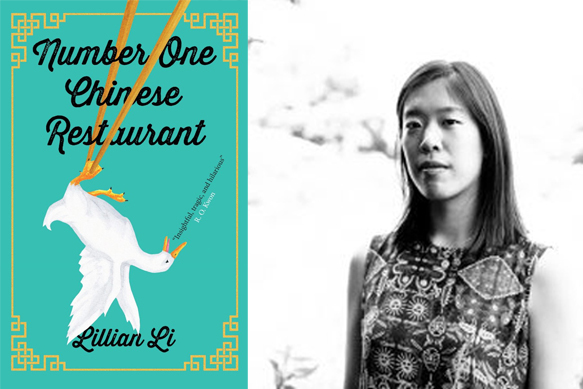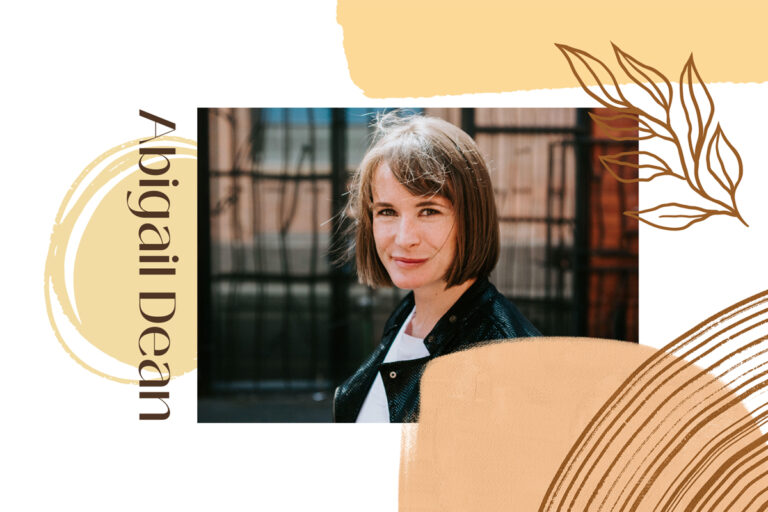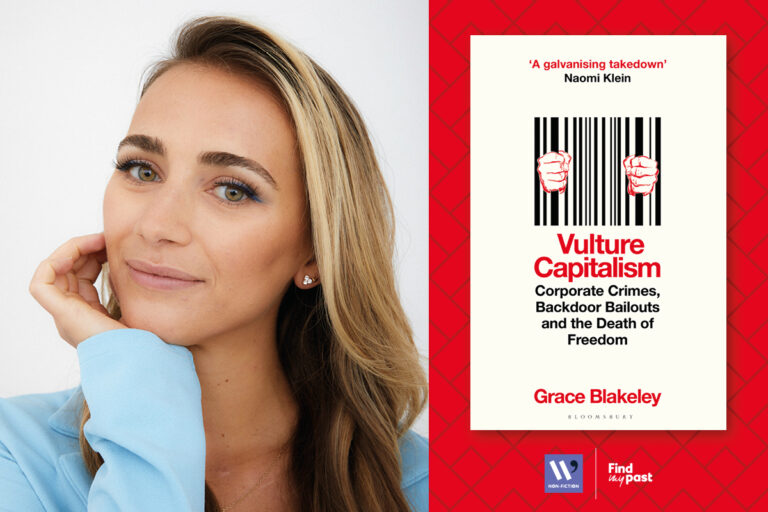Nightbloom by Peace Adzo Medie takes a keen-eyed look at family, class and discrimination in Ghana and the US, in this irresistible story of female friendship, the relationships that shape us and the people we never quite leave behind.
Nightbloom is above all a gripping and beautifully written novel attesting to the strength of female bonds in the face of societies that would prefer to silence women.
Moves like a love story between childhood, female friendship and buried truth; painful, intimate and beautifully written with characters who you care for. A jewel of a book.
Laura Dockrill
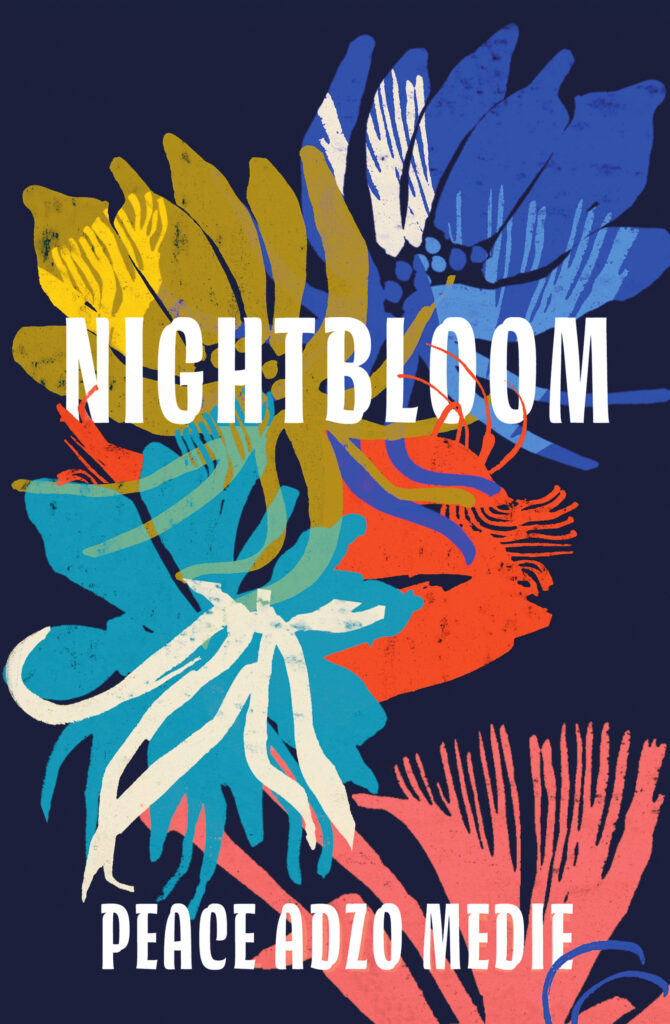
Describe your book in one sentence as if you were telling a friend.
Nightbloom is a story about two cousins and the joys and tribulations of their friendship, the tensions in their recollections of this friendship, and their efforts to reveal the family secrets that shaped them.
What inspired you to write your novel?
I wrote Nightbloom because of my interest in the idea of the ‘truth’ and the role it plays in the private and public spheres. ‘Truth’ is regularly contested and reconstructed in political and social discourse; this also happens in interpersonal relationships. I wanted to explore how a person arrives at a place where they question and reject the truth. And I wanted to do this without explicitly endorsing either character’s version, so that the reader is left to decide. Nightbloom was also inspired by my experiences of the highs and lows of friendships and by the enduring significance of these relationships in my life.
Which part of the book was the most fun to write? Which was the most challenging?
Nightbloom is divided into three sections. The first section is narrated by Akorfa, the second by Selasi, and the third by an unnamed narrator. I enjoyed writing Selasi’s section the most because of how bravely she lives her life. It was a delight to write about her standing up to people who tried to take advantage of her and to silence her. Akorfa’s section was the most challenging to write because though she is a deeply flawed and self-involved character (and therefore easy to criticize), I wanted to write her in such a way that readers would empathize with her. This process of writing her as a character that people would care about was challenging but also enjoyable.
If you could take one book to a desert island, what would it be and why?
One Hundred Years of Solitude by Gabriel Garcia Marquez. It is my favourite book. I was a teenager when I first read it and I remember being exhilarated and feeling like I was going to float away. This is the book that led me to begin thinking about craft because I wanted to understand how a writer could evoke such strong emotions. I try to read it every year, forever hopeful that I can recreate that first time.
Where is your favourite place to write?
My favourite place to write is in bed, where it’s cosy. I started writing in bed because I mostly write fiction early in the morning and it’s no fun getting up to sit at my desk when it’s still dark outside, especially in the colder months. But writing in bed can be hard on the back so I now use my desk more.
If you hadn’t been a writer, what would you be doing now? Where would you be?
I’m also an academic in the social sciences. But if I wasn’t doing either of these things, I would likely be studying plants or animals because I find them very fascinating. It would be amazing to narrate a nature documentary; I watched a lot of them as a child and that is where my interest in these subjects comes from. I am also fascinated by history so I could have been a historian. Or an archaeologist. I studied archaeology at the University of Ghana and loved it.
